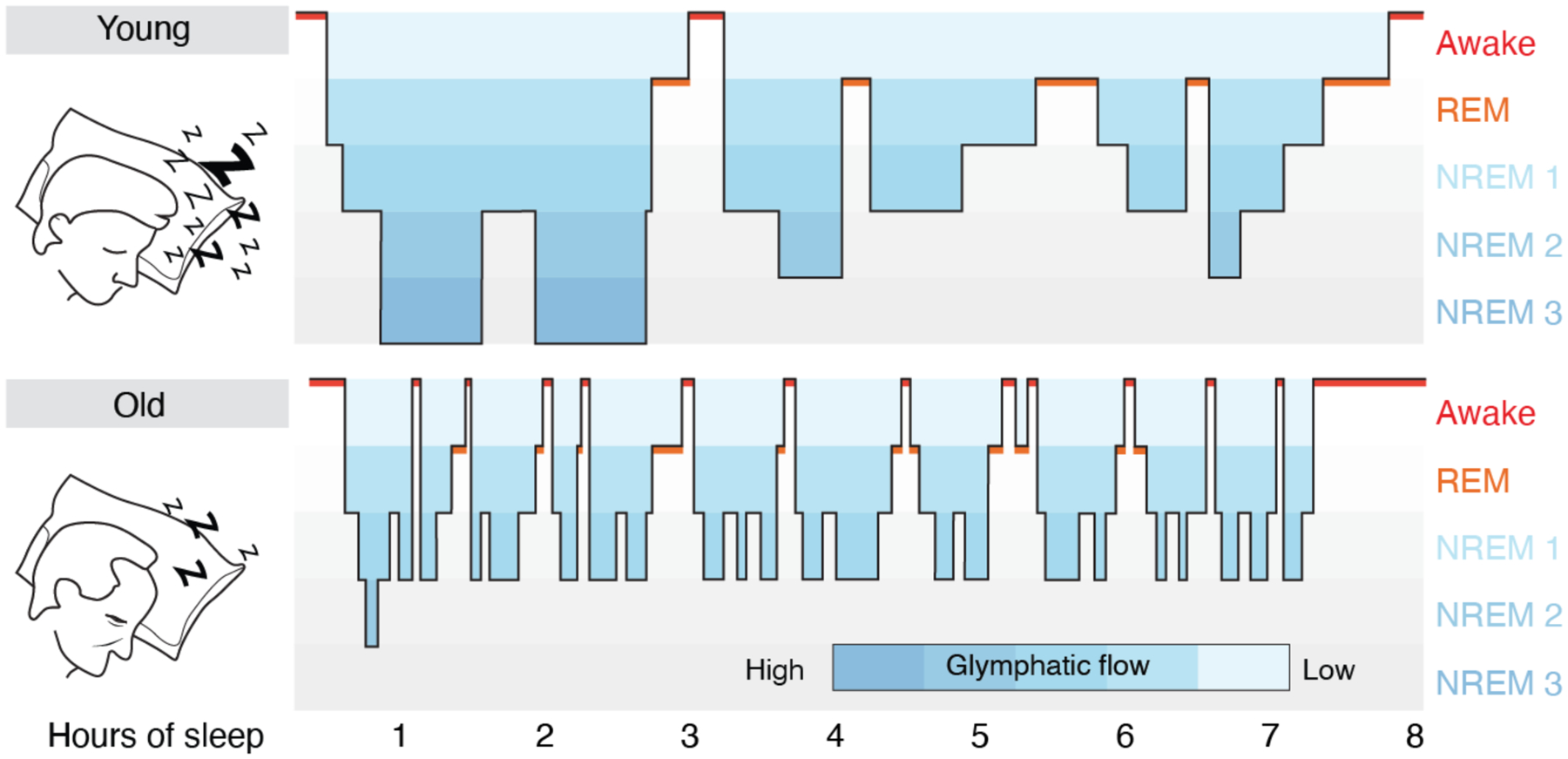Fig. 2. Sleep architecture in young and old subjects.

Hypnograms are constructed from EEG recordings and display the cyclic transitions between sleep stages. The two schematic hypnograms illustrate the sleep architecture of a young and an old subject that transitions spontaneously between awake, REM and NREM (stage 1–3) sleep. Stages 1 NREM sleep is light sleep whereas stage 3 NREM sleep is the deepest sleep stage and characterized by slow wave EEG activity. Deep stage 3 NREM sleep dominates in the early phases of sleep, whereas REM sleep is more frequent in the later phases of sleep in young subjects. Sleep spindles are most frequent in stage 2 NREM sleep. In subjects older than 60 years, sleep is often interrupted by short awake episodes, and older subjects do not typically enter stage 3 NREM sleep; total sleep time decreases by 10 min for each decade of life (79). Blue coloring indicates the proposed efficacy of glymphatic clearance based on data collected in rodents (35, 36). The lack of stage 3 NREM sleep, the frequent interruptions of stage 1–2 NREM sleep, and the shorter total sleep time, all serve to decrease glymphatic activity in aging. Critically, a number of disorders and conditions can suppress glymphatic function during NREM sleep (Fig. 3B), further exacerbating the effects of glymphatic dysfunction in neurodegenerative disease.
